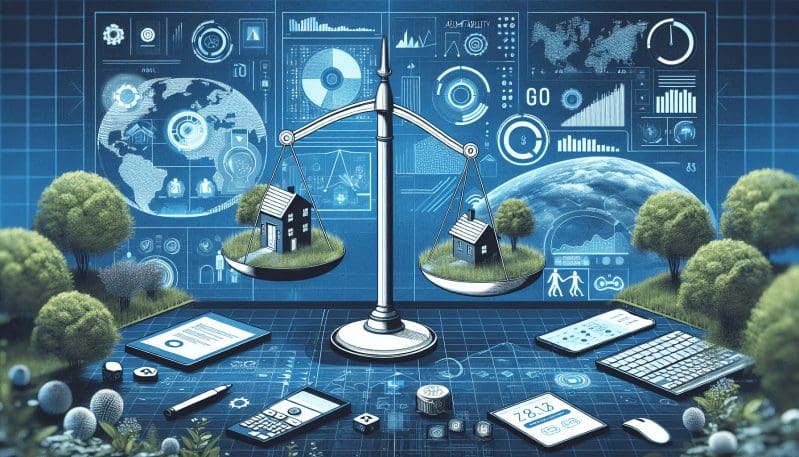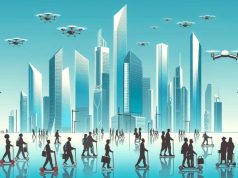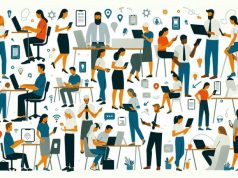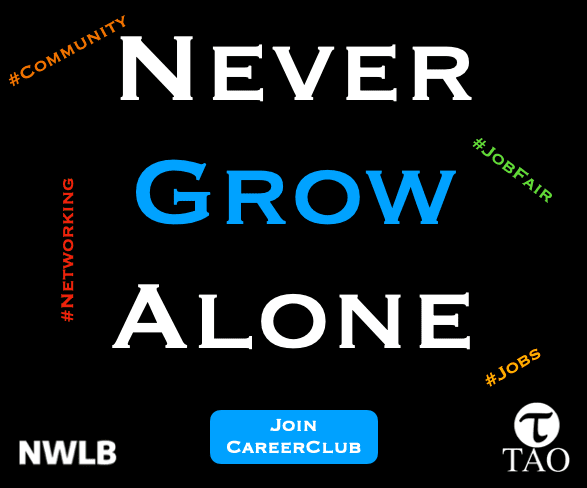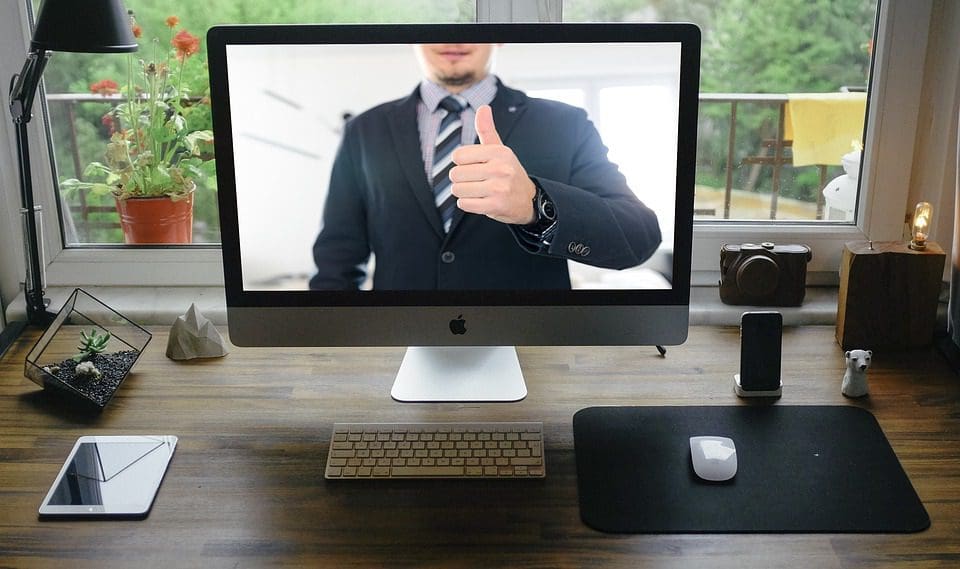As the dust from the pandemic begins to settle, businesses and employees alike are stepping into a new world where the lines between ‘work’ and ‘life’ are not just blurred, but potentially redrawn. The transition into a post-pandemic era has sparked a significant transformation in the concept of work-life balance, one that is rapidly evolving to accommodate the diversified needs of the workforce. This transformation is not just a trend but a reshaping of the employment landscape that demands our attention.
The ‘9-to-5 at the office’ archetype has been relentlessly challenged by the necessity for flexible working arrangements. The digital revolution, paired with the sudden shift to remote work due to COVID-19, has demonstrated that efficiency isn’t confined to the traditional office setting. Indeed, businesses are now redefining what it means to be flexible, creating hybrid models that blend remote and in-office work in varying proportions, depending on the roles and preferences of their employees.
This flexibility revolution is being facilitated by technology. High-speed internet, cloud computing, collaboration tools, and project management software have become the new cornerstones of modern work. These digital tools not only enable but enhance communication, project tracking, and the seamless integration of work into employees’ lives.
But what does this mean for productivity and well-being? It’s a balancing act. While some studies report increased productivity with remote work, others note the potential for burnout without clear boundaries between work and personal time. Companies are now tasked with fostering a culture that emphasizes the importance of disconnecting, ensuring that flexibility does not translate to ‘always on.’
The ramifications of this shift extend beyond corporate policies and employee routines; they have the potential to reshape the urban landscape, especially in a metropolis like New York. As remote work becomes more prevalent, the need for proximity to the office diminishes, which could lead to a redistribution of the population. We might see a rise in ‘satellite cities’ or a greater emphasis on neighborhood development as people seek community closer to home.
This urban evolution could reduce traffic congestion, lower pollution, and potentially ease the housing crisis as demand spreads out from city centers. However, there’s also the threat of the ‘doughnut effect,’ where cities become hollowed out as people move away from central business districts, which could have profound implications for local economies and the vibrancy of urban life.
The future of work is not just about location, though; it’s about timing, inclusivity, and personalization. As we move forward, businesses will need to be intentional in their approach. They must monitor the impact on employee well-being, productivity, and the collective company culture. It’s a chance to redefine what a healthy work environment looks like in both the physical and psychological sense.
As The Work Times, we understand the gravity of this transformation and its impact on the worker and workplace. We believe that this redefined concept of flexibility has the potential to yield a more satisfied, productive, and balanced workforce, which in turn, can lead to more resilient and adaptable businesses. The realignment of work-life balance in the post-pandemic world isn’t just an adaptation; it’s an innovation in how we perceive and structure our lives around work. And for The Work Times readers – the innovators, trendsetters, and thought leaders – this is the vanguard of workplace evolution.


